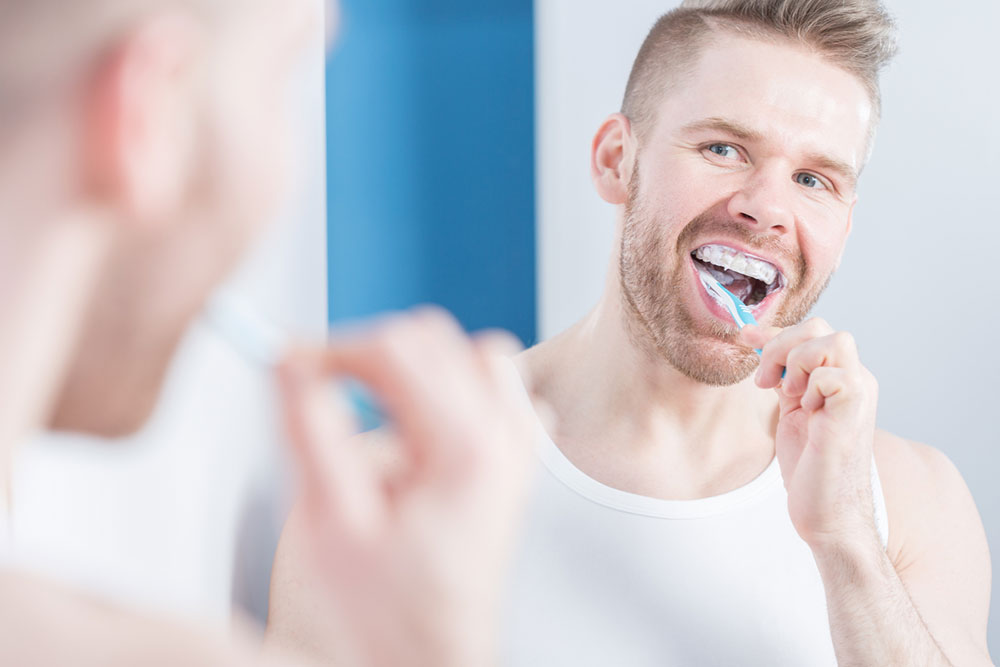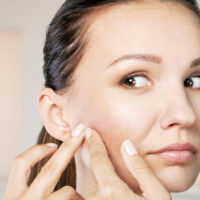4 common mistakes to avoid when using a toothpaste

Due to the range of options available in the market, it can be challenging to identify the ideal toothpaste for one’s needs, age, and personal preferences. While some toothpastes are designed to address specific dental conditions, others are more generic and suitable for daily use. Knowing the differences between these products, selecting the right one, and using it correctly are crucial steps that can significantly help maintain good oral hygiene and prevent dental problems.
Using large amounts of toothpaste
Many people believe that applying a larger quantity of toothpaste will lead to more effective cleaning, but that is not true. When it comes to toothpaste, less is more. Excessive amounts of this dental cleaning agent can be abrasive to the mouth, leading to tooth structure loss and gum recession. Doctors generally recommend that adults should not use more than a pea-sized amount, but this can vary depending on the type of toothpaste, one’s age, and rinsing habits.
Opting for an overly abrasive whitening toothpaste
Many people choose whitening toothpaste with the hope of improving the appearance of their teeth. However, some of them can be more abrasive than others, potentially causing the dentin to erode over time. According to the Ministry of Health and ISO 11609 standards, it is safe to use a whitening toothpaste with an RDA (Relative Dentin Abrasivity) value of less than 250 daily.
Choosing a toothpaste with added sweeteners
Some toothpaste brands incorporate added sweeteners or sugars to enhance the flavor. While this may seem appealing to many, it can be detrimental to oral health. Sugar is one of the major causes of tooth decay, making it important to steer clear of those options with this ingredient.
Opting for a toothpaste with titanium dioxide, triclosan, and SLS
Titanium dioxide (a white colorant, E171) and triclosan (anti-bacterial) are common additives in many toothpastes. These ingredients are believed to have carcinogenic effects, which is why it is best to avoid them. Additionally, sodium lauryl sulfate (SLS) is a surfactant that can be irritating to the skin and may carry significant amounts of 1.4 dioxane, a carcinogenic compound. While it has not been ranked as dangerous by major governing bodies, giving this ingredient a skip may be a good idea.








